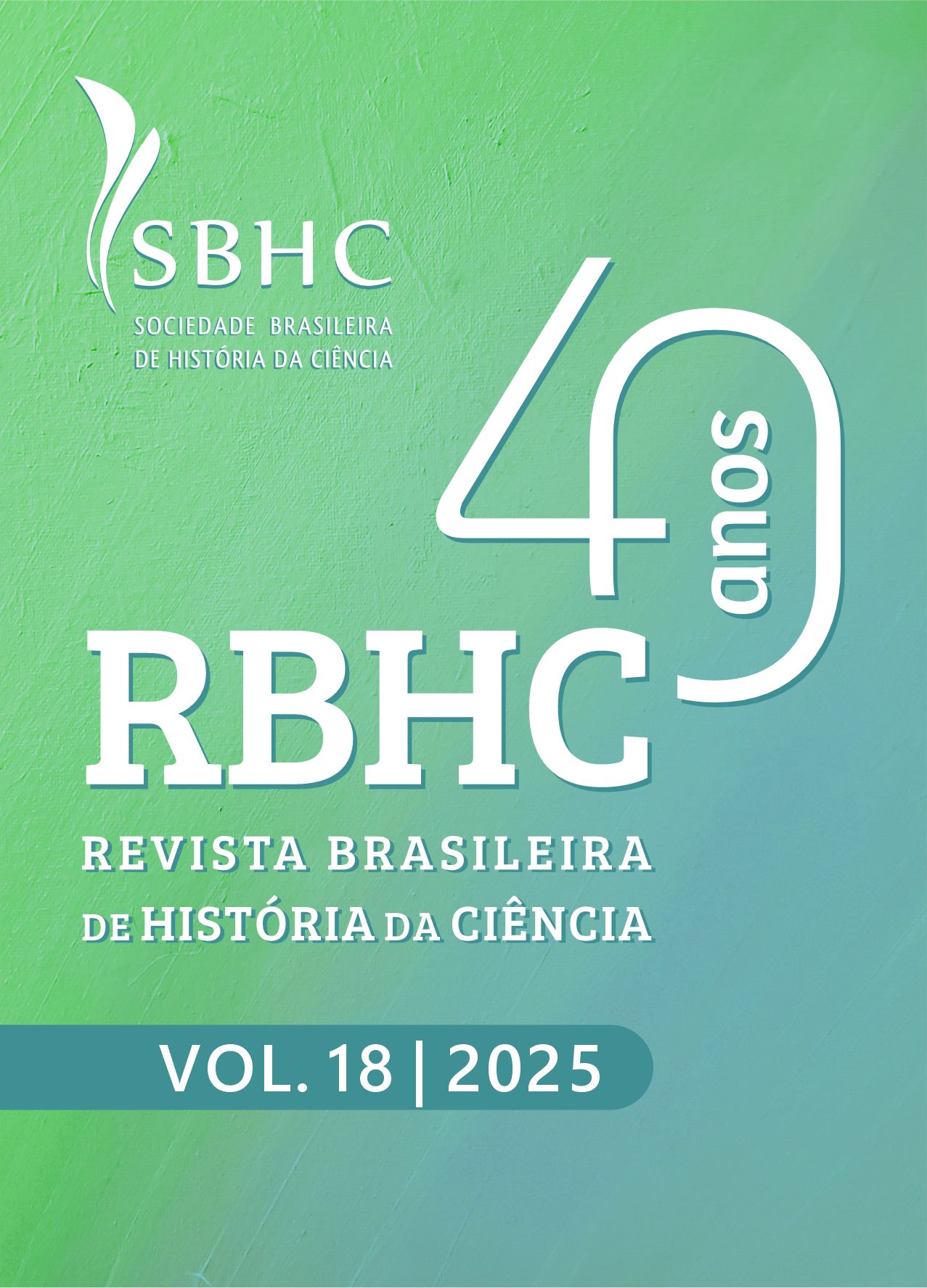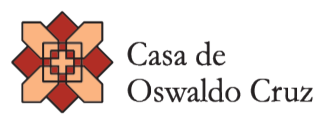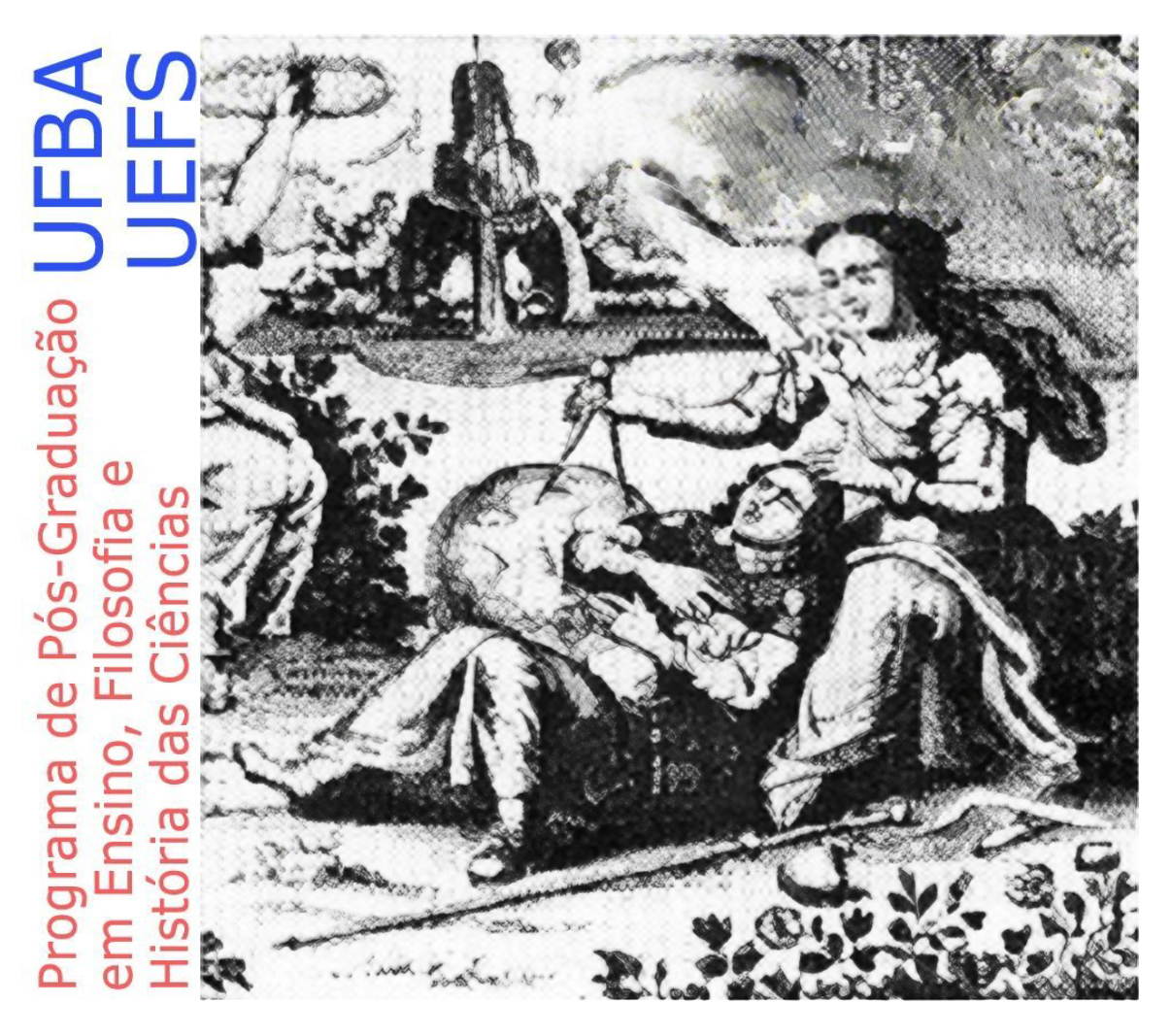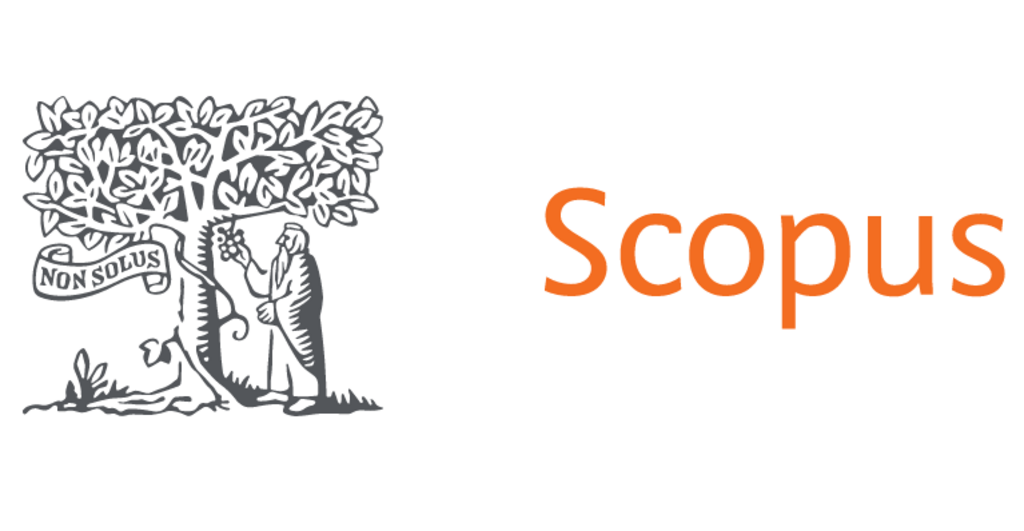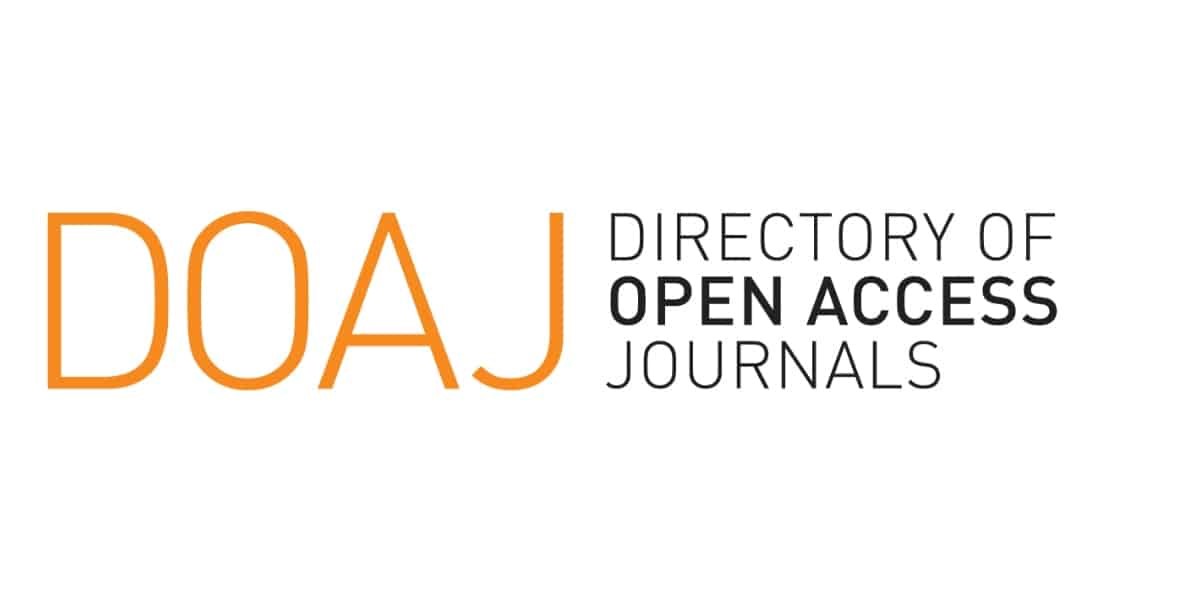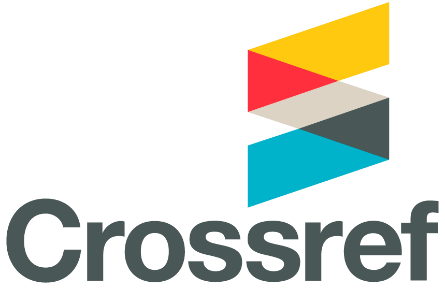THE INVENTION OF THE THEORY OF BRAIDS: TEXTS AND CONTEXTS
textos e contextos
DOI:
https://doi.org/10.53727/rbhc.v18i1.1049Keywords:
Mathematics – History – Braid Theory – Knot TheoryAbstract
In this work we present a discussion about the rise of braid theory, historic wise. We start from the following investigative question: How the creation of braid theory has happened? This paper deals with a bibliographic search which was inspired by a History-problem proposal by March Bloch and Lucien Febvre, historians from Annales School. Here, we express the existent problems, concepts and some remarkable and famous theorems which have motivated the construction of braid theory, pointing out some involved characters, their timelines, institutional contexts about educational background and situation.
Downloads
References
ADAMS, C.C. The knot book: an elementary introduction to the mathematical theory of knots. Providence, RI: American Mathematical Society, 2004.
ALEXANDER, J.W. A lemma on a system of knotted curves. Proceedings of the National Academy of Sciences of the United States of America, v. 9, n. 3, p. 93-95, 1923. DOI: https://doi.org/10.1073/pnas.9.3.93
ARTIN, E. Theorie der Zöpfe. Abhandlungen aus dem mathematischen Seminar der Universität Hamburg, v. 4, p. 47-72, 1925. DOI: https://doi.org/10.1007/BF02950718
ARTIN, E. Theory of braids. Annals of Mathematics, second series, v. 48, n. 1, p. 101-126, 1947a. DOI: https://doi.org/10.2307/1969218
ARTIN, E. Braids and permutations. Annals of Mathematics, second series, v. 48, n. 2, p. 643-649, 1947b. DOI: https://doi.org/10.2307/1969131
ATIYAH, M. The geometry and physics of knots. Cambridge: Cambridge University Press, 1990. DOI: https://doi.org/10.1017/CBO9780511623868
BAEZ, J.; MUNIAIN, J.P. Gauge fields, knots, and gravity. Singapore: World Scientific, 1994. DOI: https://doi.org/10.1142/2324
BIRMAN, J.S. Braid groups and their relationship to mapping class groups. PhD Thesis. New York University, New York, 1968.
BIRMAN, J.S. Braids, links, and mapping class groups. Princeton, NJ: Princeton University Press, 1975. (Annals of Mathematics Studies, 82) DOI: https://doi.org/10.1515/9781400881420
BIRMAN, J.S.; BRENDLE, T.E. Braids: a survey. 2005. Disponível em: https://arxiv.org/pdf/math/0409205.pdf. Acesso em: 12 jun. 2025.
BOHNENBLUST, H.F. The algebraical braid group. Annals of Mathematics, second series, v. 48, n. 2, p. 127-136, 1947. DOI: https://doi.org/10.2307/1969219
BUNGE, M. Epistemologia: um curso de atualização. São Paulo: EdUSP, 1980.
BYRD, A.; THARPS, L. Hair story: untangling the roots of black hair in America. New York: St. Martin’s Press, 2014.
CHANDLER, B.; MAGNUS, W. The history of combinatorial group theory: a case study in the history of ideas. New York: Springer, 1982. (Studies in the History of Mathematics and Physical Sciences) DOI: https://doi.org/10.1007/978-1-4613-9487-7
CUTLAND, N. Computability: an introduction to recursive function theory. Cambridge: Cambridge University Press, 1980. DOI: https://doi.org/10.1017/CBO9781139171496
DEHN, M. Über die Topologie des dreidimensionalen Raumes. Mathematische Annalen, v. 69, n. 1, p. 137-168, 1910. DOI: https://doi.org/10.1007/BF01455155
DEHN, M. Über unendliche diskontinuierliche Gruppen. Mathematische Annalen, v. 71, n. 1, p. 116-144, 1911. DOI: https://doi.org/10.1007/BF01456932
DEHORNOY, P. Braid groups and left distributive operations. Transactions of the American Mathematical Society, v. 345, n. 1, p. 115-150, 1994. DOI: https://doi.org/10.1090/S0002-9947-1994-1214782-4
DEHORNOY, P.; DYNNIKOV, I.; ROLFSEN, D.; WIEST, B. Why are braids orderable? [s.l]: Springer, 2000.
DRINFELD, W.G. Quantum groups. Zapiski Nauchnykh Seminarov POMI, v. 155, p. 18-49, 1986.
DYCK, W. Beiträge zur Analysis situs, I. Mathematische Annalen, v. 37, n. 2, p. 457-512, 1888. DOI: https://doi.org/10.1007/BF01443580
EPPLE, M. Branch points of algebraic functions and the beginnings of modern knot theory. Historia Mathematica, v. 22, n. 4, p. 371-401, 1995. DOI: https://doi.org/10.1006/hmat.1995.1031
EPPLE, M. Styles of argumentation in late 19th-century geometry and the structure of mathematical modernity. In: PANZA, M.; OTTE, M. (eds.). Analysis and synthesis in mathematics: history and philosophy. Dordrecht: Kluwer, 1997. p. 177-198. DOI: https://doi.org/10.1007/978-94-011-3977-9_7
EPPLE, M. Die Entstehung der Knotentheorie: Kontexte und Konstruktionen einer modernen mathematischen Theorie. Braunschweig/Wiesbaden: Springer-Vieweg, 1999. DOI: https://doi.org/10.1007/978-3-322-80295-8
EULER, L., Solutio problematis ad geometriam situs pertinentis. Commentarii Academiae Scientiarum Imperialis Petropolitanae, n. 8, p. 128-140, 1736.
EXEL, R. Von Neumann e a teoria da álgebra de operadores. Estudos Avançados, v. 10, n. 26, p. 211-225, 1996. Disponível em: https://www.scielo.br/j/ea/a/3PtV9Qg59LfYSY6jVjK6QgP/?lang=pt. Acesso em: 14 nov. 2022. DOI: https://doi.org/10.1590/S0103-40141996000100020
FADELL, E. Homotopy groups of configuration spaces and the string problem of Dirac. Duke Mathematical Journal, v. 29, n. 2, p. 231-242, 1962.
FADELL, E.; BURSKIRK, J. van. The braid groups of and . Duke Mathematical Journal, v. 29, n. 2, p. 243-257, 1962. DOI: https://doi.org/10.1215/S0012-7094-62-02924-1
FADELL, E.; NEUWIRTH, L. Configuration spaces. Mathematica Scandinavica, v. 10, p. 111-118, 1962. DOI: https://doi.org/10.7146/math.scand.a-10517
FEBVRE, L. Combates pela história. 3. ed. Lisboa: Presença, 1989.
FLETCHER, A.J. Ancient Egyptian hair: a study in style, form and function. PhD Thesis, University of Manchester, Manchester, 1995.
FOUCAULT, M. Arqueologia do saber. Trad. Luiz Felipe Baeta Neves. Rio de Janeiro: Forense Universitária, 2012.
FOX, R.; NEUWIRTH, L. The braid groups. Mathematica Scandinavica, v. 10, p. 119-126, 1962. DOI: https://doi.org/10.7146/math.scand.a-10518
FRIEDMAN, M. Mathematical formalization and diagrammatic reasoning: the case study of the braid, 1925 and 1950. British Journal for the History of Mathematics, v. 34, n. 1, p. 43-59, 2019. DOI: https://doi.org/10.1080/17498430.2018.1533298
GONZALEZ-MENESES, J. Ordering pure braid groups on compact, connected surfaces. Pacific Journal of Mathematics, v. 203, n. 2, p. 369-378, 2002. DOI: https://doi.org/10.2140/pjm.2002.203.369
GUASCHI, J.; JUAN-PINEDA, D. A survey of surface braid groups and the lower algebraic K-theory of their group rings. 2013. Disponível em: https://arxiv.org/pdf/1302.6536.pdf. Acesso em: 5 dez. 2023.
HURWITZ, A. Über Riemannsche Flächen mit gegebenen Verzweigungspunkten. Mathematische Annalen, v. 39, p. 1-61, 1891. DOI: https://doi.org/10.1007/BF01199469
JONES, V. Index for subfactors. Inventiones Mathematicae, v. 72, p. 1-25, 1983. DOI: https://doi.org/10.1007/BF01389127
JONES, V. A polynomial invariant of knots and links. Bulletin of the American Mathematical Society, v. 12, p. 103-111, 1985. DOI: https://doi.org/10.1090/S0273-0979-1985-15304-2
JONES, V. Hecke algebra representations of braid groups and link polynomials. Annals of Mathematics, v. 126, p. 335-388, 1987. DOI: https://doi.org/10.2307/1971403
JONES, V. Subfactors and knots. Providence, RI: American Mathematical Society, 1991. (CBMS Regional Conference Series in Mathematics, 80) DOI: https://doi.org/10.1090/cbms/080
JORDAN, C. Sur la déformation des surfaces. Journal des Mathématiques Pures et Appliquées, 2e série, v. 11, p. 105-109, 1866.
KASSEL, C.; TURAEV, V. Braid groups. New York: Springer, 2008. (Graduate Texts in Mathematics, 247). DOI: https://doi.org/10.1007/978-0-387-68548-9
KAUFFMAN, L.H. Knots and physics. Singapore: World Scientific, 2001. DOI: https://doi.org/10.1142/4256
KLINE, M. Mathematical thought from Ancient to Modern Times. New York: Oxford University Press, 1972.
KUHN, T.S. A estrutura das revoluções científicas. 13. ed. São Paulo: Perspectiva, 2017. (Debates, 115)
KULIKOV, V.S.; SHIMADA, I. On the fundamental groups of complements to dual hypersurfaces of projective curves. Preprint of the Max-Planck-Institut für Mathematik, n. 32, 1996.
MAGNUS, W. Über Automorphismen von Fundamentalgruppen berandeter Flächen. Mathematische Annalen, v. 109, n. 1, p. 617-646, 1934. DOI: https://doi.org/10.1007/BF01449158
MARGALIT, D.; WINARSKI, R.R. Braid groups and mapping class groups: the Birman-Hilden theory. Bulletin of the London Mathematical Society, v. 53, n. 2, p. 643-659, 2021. DOI: https://doi.org/10.1112/blms.12456
MENDEL, G. Versuche über Pflanzenhybriden. Verhandlungen des naturforschenden Vereines in Brünn, v. IV für das Jahr 1865, Abhandlungen, p. 3-47, 1866.
MÖBIUS, A.F. Zur Theorie der Polyëder und der Elementarverwandtschaft. In: MÖBIUS, A.F. Oeuvres complètes. [s.l.: s.n.], 1861. t. 2, p. 519-559.
MURASUGI, K.; KURPITA, B. A study of braids. Dordrecht: Springer Science, 1999. (Mathematics and its Applications, 484) DOI: https://doi.org/10.1007/978-94-015-9319-9
NEWMAN, M.H.A. On a string problem of Dirac. Journal of the London Mathematical Society, v. s1-17, n. 3, p. 173-177, 1942. DOI: https://doi.org/10.1112/jlms/s1-17.3.173
PRZYTYCKI, J.H. Classical roots of knot theory. Chaos, Solitons & Fractals, v. 9, n. 4-5, p. 531-545, 1998. DOI: https://doi.org/10.1016/S0960-0779(97)00107-0
RADÓ, T. Über den Begriff der Riemannschen Fläche. Acta Scientiarum Mathematicarum, Szeged, v. 2, n. 10, p. 101-121, 1925.
REIS, J.C. O desafio historiográfico. Rio de Janeiro: Editora FGV, 2010.
ROQUE, T. Desmascarando a equação: a história no ensino de que matemática? Revista Brasileira de História da Ciência, Rio de Janeiro, v. 7, n. 2, p. 167-185, 2014. DOI: https://doi.org/10.53727/rbhc.v7i2.220
SCOTT, G.P. Braids groups and the group of homeomorphisms of a surface. Proceedings of the Cambridge Philosophical Society, v. 68, p. 605-617, 1970. DOI: https://doi.org/10.1017/S0305004100076593
SHERROW, V. Encyclopedia of hair: a cultural history. Westport, CT: Greenwood. 2006. DOI: https://doi.org/10.5040/9798400660948
SOSSINSKY, A. Knots: mathematics with a twist. Cambridge: Harvard University Press, 2002.
STÄCKEL, P. Gauss als Geometer. Nachrichten von der Gesellschaft der Wissenschaften zu Göttingen, Mathematisch-Physikalische Klasse, v. 1917, p. 25-142, 1917. DOI: https://doi.org/10.1007/978-3-663-16202-5_2
STÄCKEL, P. “Gauss als Geometer”, in the 10th volume of Gauss’ collected works. In: DUNNINGTON, G.W. Carl Friedrich Gauss: titan of science. New York: Hafner, 1955.
SUMNERS, D. W.; WHITTINGTON, S.G. Knots in DNA and statistical mechanics. Journal of Physics A: Mathematical and General, v. 21, n. 7, p. 1689-1694, 1988. DOI: https://doi.org/10.1088/0305-4470/21/7/030
TAIT, P.G. On knots I. Transactions of the Royal Society of Edinburgh, v. 28, p. 145-190. 1877. DOI: https://doi.org/10.1017/S0080456800090633
TIETZE, H. Über die topologischen invarianten mehrdimensionaler Mannigfaltigkeiten. Monatsheft für Mathematik und Physik, v. 19, p. 1-118, 1908. DOI: https://doi.org/10.1007/BF01736688
VANDERMONDE, A.T. Remarques sur les problèmes de situation. Mémoires de 1’Academie Royale des Sciences, Paris, p. 566-574, 1771.
VINCIGUERRA, L. Langage, visibilité, différence: éléments pour une histoire du discours mathématique de l’Âge Classique au XIXème siècle. Paris: Vrin, 1999.
WITTEN, E. Quantum field theory and the Jones polynomial. Communications in Mathematical Physics, n. 121, p. 351-399, 1989. DOI: https://doi.org/10.1007/BF01217730
ZASSENHAUS, H. Emil Artin, his life and his work. Notre Dame Journal of Formal Logic, v. 5, n. 1, p. 1-9, 1964. DOI: https://doi.org/10.1305/ndjfl/1093957731
Downloads
Published
Issue
Section
License
Copyright (c) 2025 Juliana Roberta Theodoro de Lima, Ediel Azevedo Guerra

This work is licensed under a Creative Commons Attribution-NonCommercial-NoDerivatives 4.0 International License.

